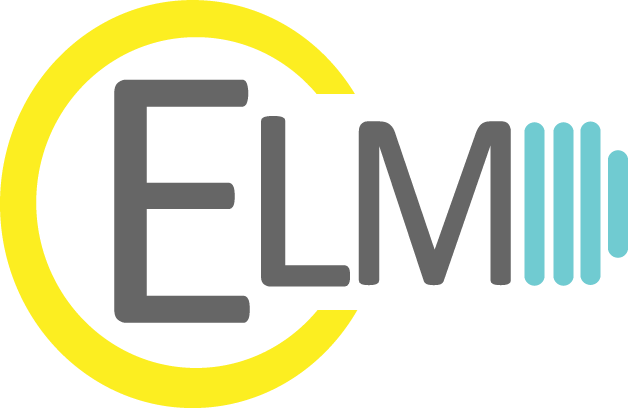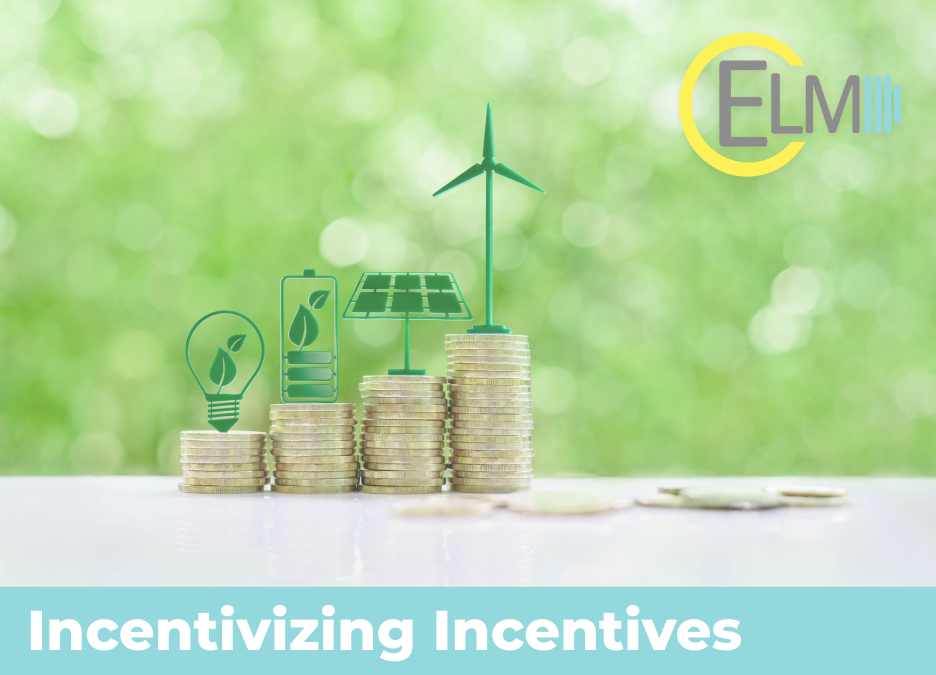Development is facing a number of challenges and headwinds. From inflation to rising interest rates and labor costs to supply chain issues. More regionally, you have BERDO regulations in Boston and increasingly stringent stretch codes throughout Massachusetts. We won’t even mention the proposal to increase linkage fees. But there is some good news: there is a high probability that there is money available that will flow back INTO your development or conversion project. This comes in the form of both utility incentives and efficiency related federal tax credits.
In general, utility incentives are available to incentivize building owners, operators and developers to strive towards higher levels of energy efficiency and lower levels of carbon intensity than what building codes call for. At ELM Consulting, we predict that in 2023 the standard parlance of “utility rebates” will be replaced with the more correct terminology: utility incentives. Why? Because maximizing utility incentives, and even federal tax credits, requires both a knowledgeable team and detailed upfront planning. We also recognize that project teams are already overburdened dealing with weekly milestones that often allow this planning process to fall by the wayside. That is why ELM Consulting strives to work in the gray space alongside your project team to keep this vital planning in the conversation, do the heavy lifting of paperwork and utility submissions, and ensure that your project receives the maximum amount of financial support.
Varied Incentive Programs Based on Building Type and Location
The location of your project, along with the type of construction, determine which programs you might qualify for as well as how lucrative these programs might be. In recent years, the strong housing market has pushed an explosion of higher density multi-family development projects, often including mixed-use elements. These include both ground up construction and office to residential conversions. Warehouse and distribution is another vertical experiencing major growth nationwide. Finally, lab buildings and life science has seen rapidly increasing demand, especially in the greater Boston area. All of these verticals have their own nuances and their own utility incentive programs that need to be understood prior to design development.
Multi-Family and Residential Construction
For multi-family development, efficiency and sustainability is often part of the planning process even before entitlements and permitting. Whether this planning is mindful or not, can set the course for the final outcome. Utilities in the Northeast have different tranches of money reserved to fund pre-planning “design charrettes” and feasibility studies. There is also the major decision of choosing the fuel type of a building. It is no secret that there is a huge push towards decreasing carbon through building electrification. Regardless of your politics or feelings on the long term viability of this strategy, it is undeniable that developers who master this type of construction stand to receive the highest per unit incentives. In a state like Massachusetts where stretch codes are in place in most communities, simply meeting these codes makes most projects eligible for some incentive payout even if gas is being utilized.
Design decisions beyond fuel type also play a large part in project performance. Building envelope, overall efficiency of HVAC and appliances, and air sealing are core principles that all work together and shouldn’t be considered individually in a vacuum. ELM Consulting offers our developer clients a “what if” analysis that lays out where budget dollars should be focused in order to maximize the return from various programs. One illustration that we like to use is when a project team is considering all-electric incentives from their utility company. By first maximizing these dollars, we end up with a solution involving heat pumps and envelope improvements that would help the units qualify for additional federal money. Another tweak can be made to free up roof space to accommodate a small solar system that would increase incentives and help market the building as a leader in sustainability. Finally, EV charging can be added to further these sustainability goals and can be highly subsidized by utility dollars from a separate program. Not only do these features lead to great financial incentives upon project completion, but they also have been shown to lead to higher rents as apartment dwellers are looking to live somewhere that aligns with their values.
Warehouse and Distribution
Another growing asset class is in warehousing and distribution. With these seemingly “simple” construction projects, the devil is in the details. You might think that the presence of relatively bare bones mechanicals and LED lighting will set your project up for success, but this is not necessarily the case. One truth is that the presence of large, similarly controlled spaces allows for the team at ELM Consulting to make recommendations that could lead to six-figure incentive checks. Network Lighting Control (NLC) systems and minor tweaks to building envelope and equipment efficiencies are some of the strategies that we’ve helped implement well within a project’s budget when the incentive implications are properly understood.
Lab and Life Science
Lab space is an exploding market, especially in Boston. These unique spaces are naturally energy intensive and therefore come with their own incentive programs. Here high efficiency lighting with advanced controls, specialty ventilation equipment and building automation controls can have a major impact on project finances. Many potential lab tenants are also part of organizations with strong ESG or sustainability mandates. Building for those tenants can have the same triple benefit mentioned above: higher upfront incentives, higher rents, and a longer runway of energy code compliance.
Why should I care about a $250K incentive on a $25M project?
At ELM Consulting, we like to use the term “incentivizing incentives” because we believe that achieving utility incentives has benefits far beyond the check from the utility or government. Utility administrators are able to offer money to push the market in a direction long before local, state and federal governments can adopt these measures into code. A powerful insight we gained from one of our clients was the realization that utility incentive programs, and what they promote, are a leading indicator of future compliance requirements.
On nearly every project we have been involved with, ELM has found previously unidentified opportunities to bring undeniable value to the client and pull dollars forward while simultaneously increasing the asset’s value. By seriously considering available incentive programs, you are likely setting up your asset for both current and future success from a sustainability, compliance and financial standpoint. All impact the bottom line with decreased operational costs and risk of compliance related fines positively impacting an asset’s NOI and valuation.
In the overly specialized world of construction and development, it is important to have a trusted partner that understands the playing field. At ELM Consulting we pride ourselves in translating, navigating and implementing the nuanced and ever-changing programs at a local, state and federal level. We are constantly investing our time in understanding the details of these programs and the interplay between them which has consistently allowed us to deliver undeniable value to both our repeat and new clients while not leaving any money on the table.

